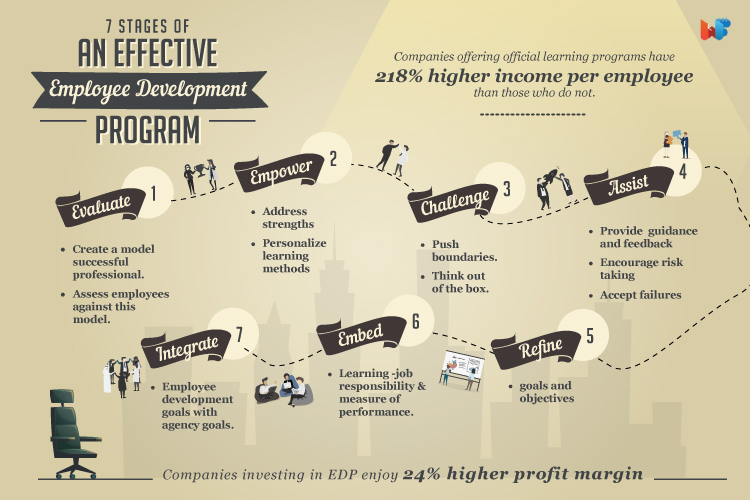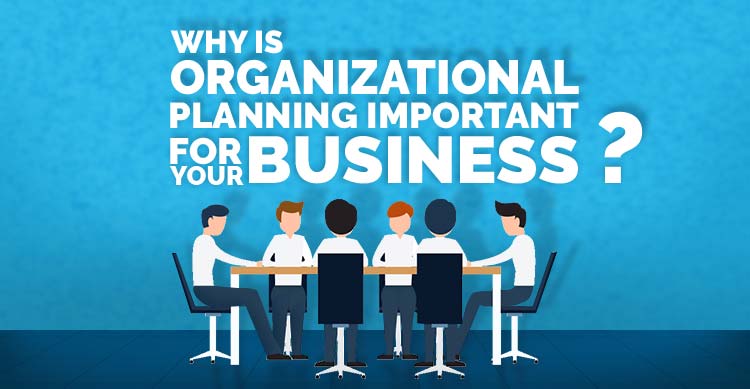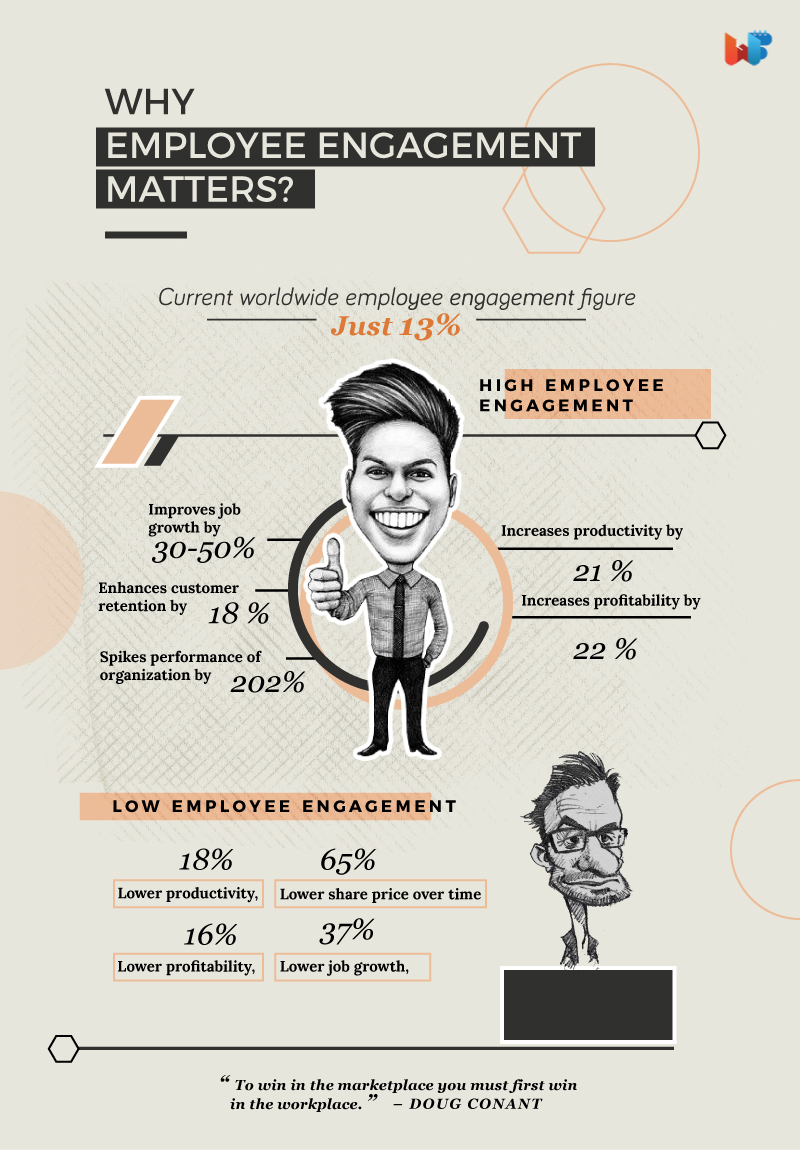When your work is not only about sales, employee performance assessment seems pretty complicated.
But if you successfully assess the performance capacity of your employees, it turns into great advantages for your organization as well as the employees.
This article contains some of the most effective ways of assessing employee performance in your organization.
1. Ability to execute
Work execution is probably the most important factor you can use to assess employee performance.
Execution of work is about picking a task and tackling all odds to deliver it on-time.
An employee who concentrates on effective execution makes lesser mistakes.
He or she understands the value of prioritization to fulfill all the responsibilities in your organization.
These are the people, seniors usually rely upon for urgent tasks.
These kinds of employees make a top-notch team in your company. So, you can decide to include the ability to execute work in your employee assessment process.
2. Work quality review
Quality of work is a little different than execution capacity.
Here you focus on a number of factors such the use of best practices, availability for clients, colleagues and customers, stability and consistency of work quality, and ability to adjust as per the situational requirements.
An employee should understand the company policies thoroughly and follow it with discipline.
At the same time, he or she should fulfill roles in your organization with consistent performance.
Quality work is also about adopting the changing production or platform scenarios of your organization.
In fact, a reliable employee assists in adopting new positive changes in the company without compromising the quality of work.
To assess the work quality, you can include employee reports from the team leaders, managers, client feedbacks, customer review, and the HR department as well.
Combine all the reports together and you will know how qualitative your employee has been during a particular period of time.
3. Successful utilization of creativity
Creativity is about taking calculated risks and thinking beyond general ideas without compromising the reputation, productivity or services of an organization.
Harnessing creativity takes a long time, so appreciating creative employees is extremely important.
The world of business has evolved enough to have basic answers to all questions.
Marketing, management, promotion, production, sales, and every other department in your organization run on foundational ideas of a business.
But every now and then, creative employees look beyond those basic assumptions and provide creative ideas and methods to win better results.
Recognize all those employees who seem to have better creative approach than others.
Assess your employee creativity with respect to risk factors and obtained results.
This way, you can find truly beneficial employees who perform extremely well.
4. Graph of improvement
You can’t expect every employee to perform as an ideal employee.
Every individual has his or her own capacities and weaknesses at the same time. Which is why this method of employee assessment seems logical to most employers.
Graph of improvement is how you look at the performance improvement in your employee.
So, it is a comparison of performance from the past with the present. You can choose a monthly, quarterly or yearly time period to assess the improvement graph.
Remember, you are not looking for perfect employees here.
There can be a gap between what you expect and what an employee is currently delivering.
But if an employee has shown consistent growth in his or her performance, you have nothing to worry about.
The increasing graph of improvement shows the determination and passion for learning in a person.
Some people take time to understand a workspace.
But when they do, their performance reaches a new peak every day. And that’s what you assess in this method.

5. Reviews from customers and colleagues
In this method, you divide your employees into two sections.
One section contains all the employees who deal with your customers.
And the other section includes all the employees who work internally.
You can also make an interaction of both sections, which can include employees who interact with customers as well as internal colleagues.
Using the divided sections of employees, you can start evaluating the reviews each employee receives from his or her peers as well as customers.
For many business models, customer feedbacks matter the most. An employee who is a favorite of customers will surely make more sales in future.
At the same time, an employee who indulges in teamwork is more likely to perform in groups.
That is why you need feedback from customers and colleagues to understand the future of an employee in your company.
6. Contribution to revenue
Each employee offers a direct or indirect impact on the monthly revenue of your business.
Direct revenue comes from sales employees, while indirect revenue is provided by employees working in customer service, marketing, product development, manufacturing, and other departments.
Both types of contributions are important to your company.
Without a quality product, employees in the sales team can’t make sales.
Similarly, the employees in marketing team impact company revenues with their consistent efforts.
You can divide your assessment from department to department and see which employees are contributing the most in each department.
Then, make a list of gradually decreasing performance with respect to revenues.
This will give you a sorted list of employees in every department who are helping your company with revenue generation.
7. Response to feedbacks
No business leader wants to listen to excuses or unnecessary justifications for incorrect work.
An employee’s ability to really listen and understand the feedback makes him or her valuable for your organization.
You should definitely consider assessing the approach to feedback given to your employees.
Every employee can make mistakes every now and then. But a reliable one listens to the feedback and critically thinks about it.
Many employees either try to justify their wrong approach, or they blindly listen to the feedback without making any change in their work approach.
Both kinds are bad for your organization.
You need employees who listen to what you say and also ask questions to understand what changes you desire from them.

8. Leadership quality while performing tasks
You can assess leadership quality in your interns as well.
Sure, they are not handling any teams, but they do work on the assigned tasks.
Leaders understand their boundaries, but they also own everything that is within their boundary.
So, if you offer a task to such an employee, he or she would find all possible ways to complete that task.
The leaders also come up with solutions and unique ways to complete a task. They usually tend to point out better ways of doing something.
All these qualities are extremely important if you have a small organization or just started your business.
You need every employee to work as a leader in his or her own zone and coordinate with other employees at the same time.
Such employees perform to cross hurdles and overcome challenges. This way, your organization can grow faster.
9. Quality to on-time delivery ratio
You want your employees to deliver quality work on-time. So, why not assess that to understand performance?!
In every team, you can define performance of each member with respect to their quality to on-time delivery ratio.
Employees with most on-time deliveries and high-quality will be the best performers in your organization.
The process is simple and easy to assess. However, you will require a list of parameters to judge the work quality. This list will differ with respect to the team you are evaluating.
For each employee, you will need the rate of work completion. Then, you will require the quality provided by them.
In some cases, you will find that delivery of work was on-time, but the mistakes and errors actually created more problems.
On the other hand, some employees will show high-quality work, but a longer than promised delivery time.
With this assessment, you can offer better feedback to your employees and point their weaknesses and appreciate their strengths at the same time.
As a result, employees become aware of what you require from them.
10. On-budget performance
Many of your employees directly impact the budget of projects attained by your organization.
The quality performance of such employees decides the revenue, client satisfaction, and reputation.
Hence, you need to specially assess such employees for their ability to stay within the given budget when conducting a project.
Now, you have 10 amazing methods of assessing employee performance in your organization.
All these methods cover different aspects of understanding employee performance abilities.
You just need to pick a few best-suited methods from this list and use it to conduct a comprehensive employee performance assessment in your organization.
So, sit with your stakeholders and top managers to decide all the methods suitable for the assessment of employees working in your company.
Hopefully, you will receive satisfactory results.

![7 Stages Of An Effective Employee Development Program [Infographic]](https://wp.wifiattendance.com/wp-content/uploads/2018/11/26-11-2018_7-stages-of-an-effective-Employee-Development-Program-Featured-Image.jpg)













